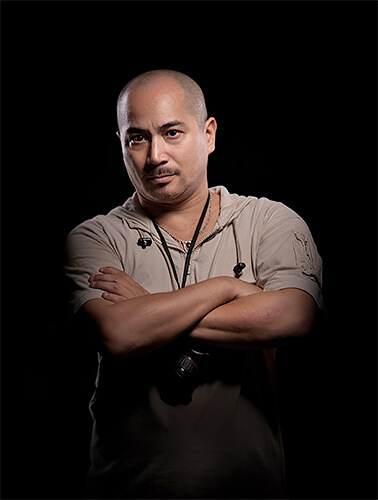
My Name is Alexandrino Lei Airosa (Dino). I’m a Hotelier, working in hotel industry. Photography for me is a passion, it is more than a hobby, not business too. Photography made change and influence in my life, I travel more, I see more and I experience more, and when I encounter those people living below the standards, It make me cherish what I having now: family, health and job, make me more humble to see things.